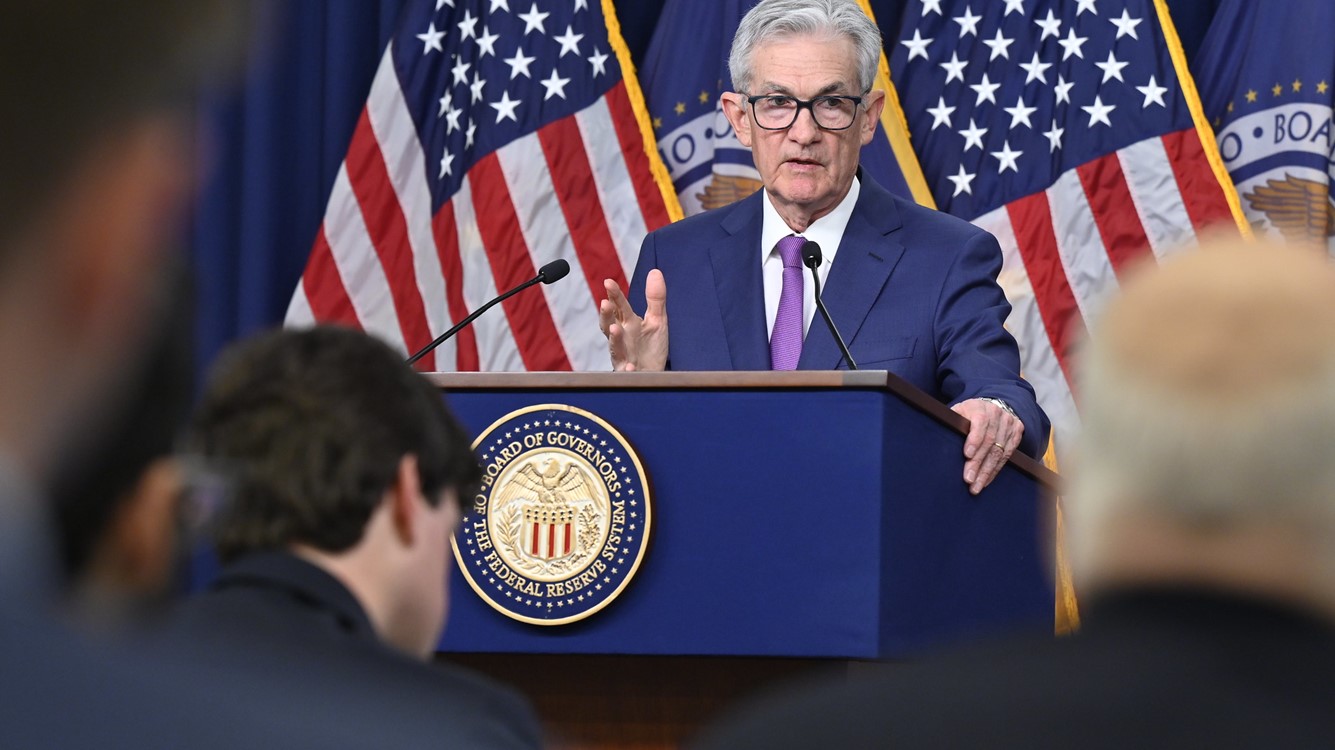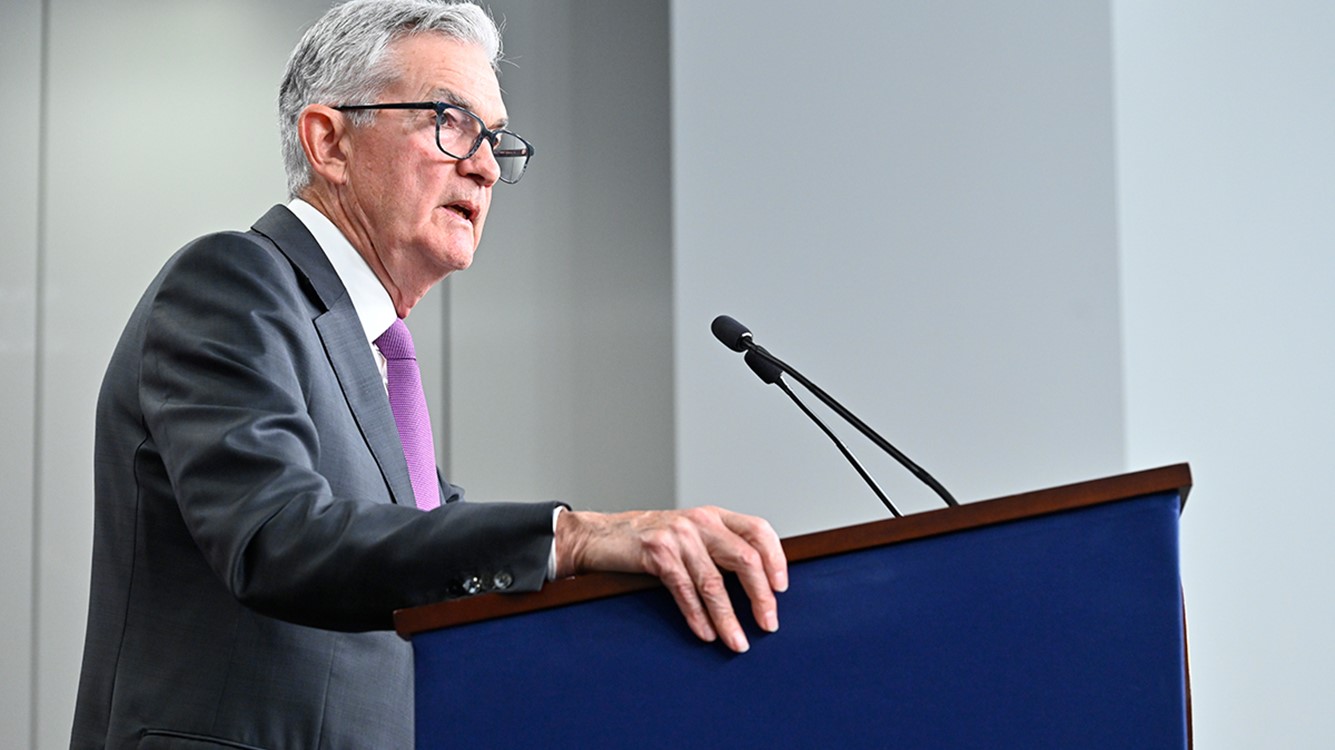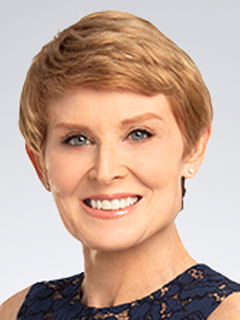
KPMG Economics
A source for unbiased economic intelligence to help improve strategic decision-making.
What’s impacting labor market participation? Why are some sectors faring better than others? How do you separate the signal from the noise? KPMG Economics answers these questions and more, providing timely insight and analysis into the economic indicators. We monitor trends and identify potential opportunities that could impact your strategic objectives. Our perspectives look at both the short-term and long-term economic factors that are critical to guiding strategic decisions.
Our latest thinking

Global Navigator from KPMG Economics
Breaking away from the Fed? Foreign central banks poised to cut.

A supply drought
Housing, inflation & the Fed

KPMG Global Economic Outlook
A prospective outlook on the global economy.

Industry Insights with KPMG Economics
Discussions around the latest trends and what the future might hold across key industries with Chief Economist Diane Swonk
Subscribe to insights from KPMG Economics
KPMG Economics distributes a wide selection of insight and analysis to help businesses make informed decisions.
Economic Coordinates
Explore analysis of key data indicators, such as job creation and the labor market, consumer spending, inflation, investment, housing and monetary policy. These combined data points are indicators of the overall health of the economy.
No results found.
March retail sales beat expectations
Consumers picked up the pace of spending in March.

Spring heat wave
Service sector inflation is becoming more entrenched.

Consumer credit moved higher in February
Higher interest rates are still holding back consumers from carrying high balances.

Fed’s favored inflation measure remains elevated
Higher prices at the gas pump and a bump in service sector inflation all added to inflation pressure.

No results found.
Hiring accelerates in early 2024
The labor market is still humming, generating strong job and income gains, which will support consumer spending.

Cooling in the job market may be pausing
That shows resilience in the labor market.

A test of the labor market's resilience
Hiring in leisure and hospitality should be another driver of job gains.

Job market still cooling
Many workers are likely to be settled in their jobs, especially after the reshuffling that occurred in 2021 and 2022.

No results found.
Powell stays the course
The Fed no longer believes that a recession is necessary to get inflation down.

Debate likely to flare in March
Doves worry that the Fed could overshoot on hikes.

A hawkish hold
The Fed is “not declaring victory at this point.

No results found.
New home sales jumped in March
The spring home buying season has kicked off but is being hampered by low supply and the highest mortgage rates since November.

March housing starts retreat
Builders continue to offer incentives to offset higher mortgage rates.

No results found.
Durable goods meet expectations
Transportation orders were the key source of strength.

Vehicle manufacturing drives industrial production
Demand for Generative AI is expected to fuel demand for computer equipment.

Trade deficit gaps wider
Trade is likely to be a drag on GDP this year.

Construction slumped at the start of the year
Power construction spending is up 62% in February from a year ago and has more than doubled since 2022, largely on AI and large language models

Investment slump eases in durable goods
Orders for computers and electronic products took a breather.

No results found.
US financial stability risks
Policy uncertainty remains a key concern for us.

Bank lending standards ease slightly
We are moving away from peak restraint when conditions were the tightest in the first half of 2023.

Taking fewer chances
Banks tighten credit for consumers and small to mid-size businesses.

Access to credit is tightening
Powell was right.

KPMG Economics in the news:
- Americans Are Making More Money Than Ever But There's a Catch | Newsweek
The real consumer spending rose by 0.4 percent, "the strongest pace since December," Diane Swonk, KPMG's chief economist, said in a note shared with Newsweek. "Back then, consumers were draining savings to cushion the blow of inflation. Now, the mood appears to have shifted to sustain robust spending, despite the crimp of higher rates and the persistence of high price levels," she said. "Another notable increase was a surge in spending on mass transit. It was the strongest monthly pace since September 2020. That suggests that people were returning to urban centres as they travelled, even as the return-to-work figures plateaued," Swonk pointed out.
March 29, 2024 | Newsweek
- Inflation isn’t coming down fast enough | CNBC
Inflation in the U.S. isn’t coming down fast enough as price pressures persistently linger. This has confounded even Fed officials who are closely watching for signs of progress. Some Fed officials don’t even expect three rate cuts this year as the central bank has forecast at the last meeting. Atlanta Fed President Raphael Bostic, scaled back his rate-cut projection last week, citing persistent inflation as a concern. In a post on X, Diane Swonk, chief economist at KPMG, said Bostic “has made clear is he NOT convinced inflation will fall rapidly enough to cut rapidly in 2024. He has consistently pushed back against a first half cut for a second half cut, with more progress and said he currently favors one cut in 2024,” versus two previously.
March 26 2024 | CNBC
- Insurance industry to be impacted by 3 trends in 2024, says expert | Insurance newsnet
The industry should embrace higher interest rates while they last, said Kenneth Kim, KPMG senior economist. High interest rates led to “finally seeing a meaningful return from fixed income instruments,” he said. “It looks like the Federal Reserve will achieve a soft landing for the U.S. economy,” Kim said, adding that he believes the Fed will begin to cut interest rates in June.
March 22, 2023 | Insurance newsnet
- Mortgage Rates Forecast For 2024: Experts Predict How Much Rates Will Drop | Forbes
Despite remaining at elevated levels, most housing market experts anticipate mortgage rates to recede over 2024, especially once the Federal Reserve begins its expected interest rate cuts. But whether lower rates will create a meaningful shift in home affordability remains to be seen. KPMG senior economist Yelena Maleyev: “Mortgage rates are expected to stay below 7% in the coming months as inflationary pressures ease and the path to [Federal Reserve] rate cuts in the second quarter remains clear. Upside surprises to inflation, employment and wages in the coming months would make the Federal Reserve consider waiting even longer to cut rates, which would then push up other interest rates, including mortgages.”
March 21, 2023 | Forbes.com
- Housing market sees flood of new homes | Newsweek
"Record temperatures in the Midwest and much drier conditions in both the Midwest and South contributed to construction activity during the month," Yelena Maleyev, a senior economist at KPMG, said in a note shared with Newsweek. The multi-family segment - properties with at least five units - also saw a rebound. Completions in this area of the market jumped to 644,000 in what was the highest recorded figure in half a century, Maleyev pointed out, while the single-family segment saw the highest completions since 2007. "That is good news for the significantly undersupplied housing market," Maleyev said.
March 19, 2024 | Newsweek
- [Audio] Import prices rose more slowly in February. That could help bring down inflation | NPR Marketplace
The U.S. Labor Department reported Friday that the price of imported goods rose 0.3% in February after rising 0.8% in January. A big reason import prices went up in February was because of rising energy costs. But the picture looks different when you set those costs aside, said Meagan Schoenberger, senior economist at KPMG. “Everything else outside of petroleum, oil and gas, fuel for industry, all of that did slow quite a bit,” she said. The price of imported consumer goods rose at a slower pace in February, Schoenberger said. Same with the price of imported vehicles. “Orders are down quite a bit, stocking up has slowed down significantly. So that’s good news, particularly for the new car prices that we can expect down the pipeline,” she said.
March 15, 2024 | NPR Marketplace
Subscribe to insights from KPMG Economics
KPMG Economics distributes a wide selection of insight and analysis to help businesses make informed decisions.
About our team







